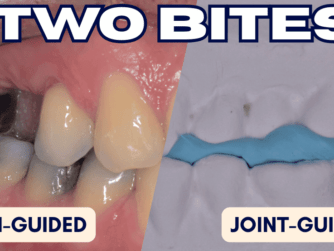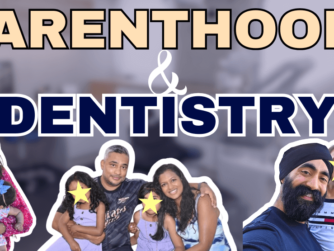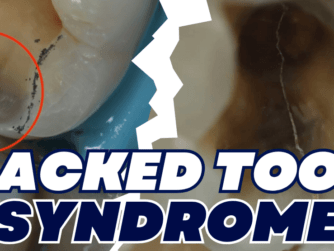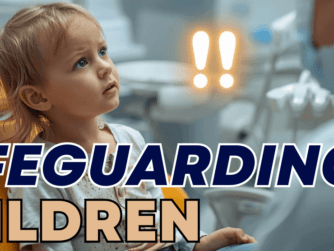Podcast: Play in new window | Download (Duration: 51:22 — 73.0MB)
Subscribe: RSS
Our views on Retention have changed over the decades – it is now regarded as a lifetime commitment and Dentist are getting good at letting patients know this from the start. In this episode, I ask Dr Angela Auluck questions from the Protrusive Dental Community as well as talking clinical steps of fiddly fixed retainers.
Protrusive Pearl: The Harridine paper helping to explain that wisdom teeth likely do not cause lower incisor crowding.
In this episode we discussed:
- Fixed retention vs Removable Retention
- Why retention is individual to every patient
- Tips on placing Fixed retainers correctly
- What is the best retention on expansion cases?
- When should you consider a Hawley Retainer?
I hope you are enjoying the Straightpril series of episodes! If you liked this episode, you will also enjoy Dahl Technique Part 2 with Tif Qureshi!







